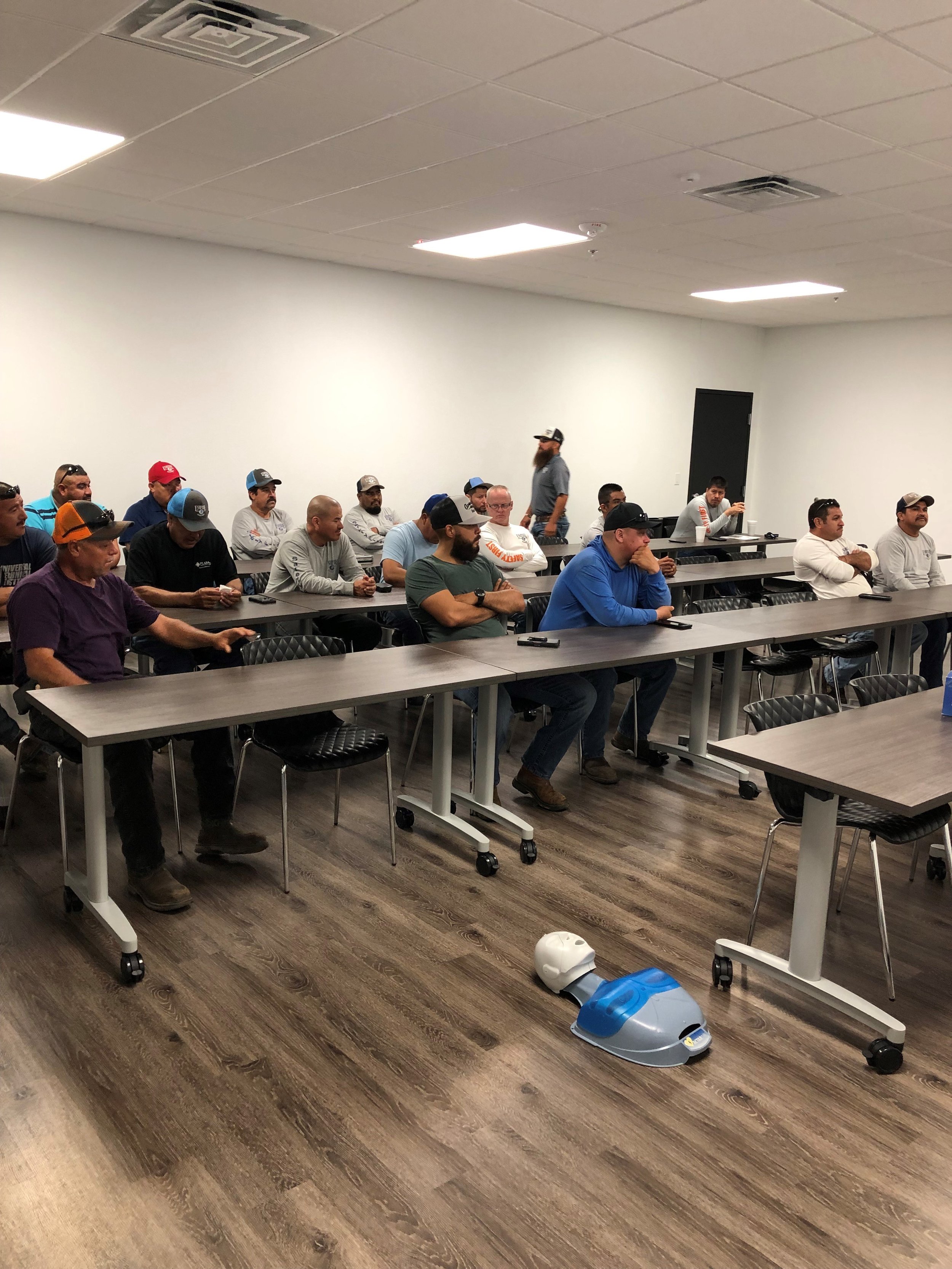Construction work is demanding, and long commutes, difficulty creating a workout routine, physical exhaustion and muscular-skeletal injuries can create risk factors for cardiovascular health, according to constructionexec.com. Additionally, construction workers have a higher incidence of tobacco use, which increases the risk of cardiovascular disease.
Cardiovascular disease is a chronic health condition that may occur with other health conditions, including depression, diabetes and chronic musculoskeletal disorders. The American Heart Association reports 25% of construction workers are obese, 25% use tobacco, almost 50% do not get enough exercise and one in 25 have diabetes. So creating healthy workplaces for these workers is crucial.
The American Heart Association has been working to help the construction industry understand the prevalence of cardiovascular health risk factors with its Hard Hats with Hearts initiative. Construction companies have been expanding heart health programs and education, offering free access to health coaches and providing free biometric screening.
Following are some steps industry leaders can take to help educate workers and prevent cardiovascular problems.
Offer adult and infant CPR training in your organization to increase the odds of survival in case of sudden cardiac arrest.
Consider the benefits of providing automated external defibrillators at job sites.
Encourage healthy eating with nutritious food choices in vending machines and heart-healthy snacks and beverages during meetings.
Initiate a workplace warmup program focusing on dynamic movement of large muscle groups rather than static stretch and flex programs.
Implement a biometric health screening program for employees and dependents.
Ensure cessation programs include all forms of tobacco, including vaping.
Participate in a regional Hard Hats with Heart initiative to learn more about incorporating heart health and cardiovascular disease prevention into your company’s program.
Share information with employees and dependents about blood pressure reduction and heart disease and stroke prevention, such as risk factors, warning signs and how to seek help during medical emergencies.
Source: NRCA

